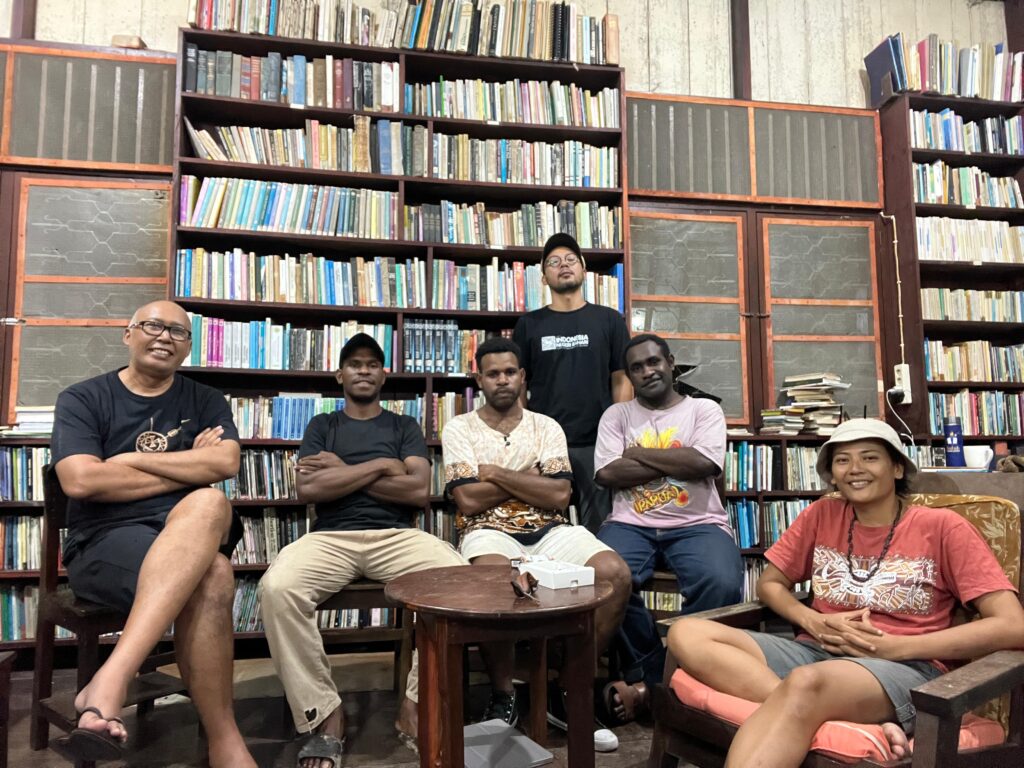
The Asmat Cultural Archives and Research was established in response to the disconnection of young Asmat people from their history and culture. Since the colonial era and church missions, important archives—including photographs, records, artifacts, and ethnographic studies—have been collected and stored outside of Asmat, primarily in foreign languages.
After working with Father Vince Cole, MM, in the Sawa Erma region for more than six years, we have begun to re-archive these documents and cultural heritage, including the writings of Bishop Alphonse Sowada, archives of folklore, and linguistic research. We believe that archives are not just about the past but also the future, serving as tools for learning, reflection, and fostering a sense of identity and pride.
Through this institution, we are committed to collecting, translating, and redistributing these archives to the Asmat community. We also foster collaboration between researchers, indigenous communities, and global institutions to preserve and revive the richness of Asmat culture.
Who We Are
The Asmat Cultural Archives and Research is an independent institution under the auspices of the Order of the Holy Cross. It focuses on preserving, recording, and utilizing archives related to the history and culture of the Asmat people. The Archives serve as a space for learning, dialogue, and community building by collecting, caring for, and presenting traces of Asmat history scattered in various places.
We believe archives are more than documents; they are an important bridge connecting the current generation with their ancestors’ heritage. Through this initiative, the Asmat Cultural Archives and Research seeks to reconnect the Asmat people, especially the younger generation, with their history, identity, and local knowledge.

What We Do

Archiving: Caring for the Collective Memory of Asmat
In an effort to preserve the historical and cultural traces of the Asmat people, we aim to professionally and contextually collect, care for, and manage various forms of archives.
We collect archives from the community through collaboration with villages, churches, schools, and institutions at home and abroad. This process involves identifying documents, photographs, and historical objects of significant cultural value.
All archives are digitized and cataloged to ensure safe and sustainable access. We also record oral histories from elders and historical figures, compiling them as an integral part of the Asmat collective narrative.
To ensure sustainability, we provide training on good archive management practices to young Asmat people, including staff and volunteers. Through temporary and traveling exhibitions, we share the fruits of our work with the community, creating a space for reflection and pride in our cultural heritage.
Research: Understanding the Asmat from an Indigenous Perspective
Many external programs fail because they lack an understanding of the Asmat’s social and cultural context.
The Asmat Cultural Archives and Research conducts qualitative research based on archives, interviews, and ethnography to explore overlooked local values.
Our approach aligns with the Asmat perspective rather than simply applying contemporary standards.
Through studying archival materials and oral histories, we gain a more equitable, deeper understanding of Asmat that favors cultural identity.
